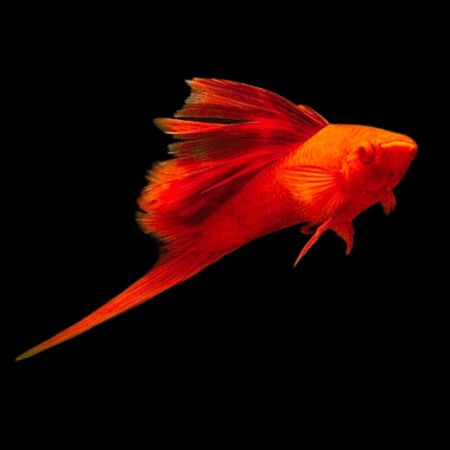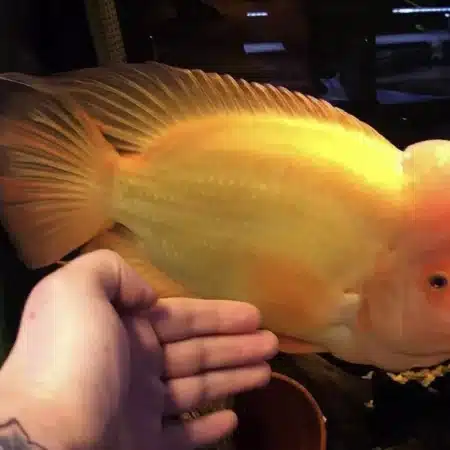-
×
-
×
-
×
-
×
-
×
-
×
-
×
Red Devil Cichlid Amphilophus Labiatus Size Around : A Captivating South American Cichlid for a Thriving and Visually Appealing Aquarium, Easy Care for New Aquarists and Experienced Keepers 2 × £12.57
-
×
-
×
2 X 2(2 FISH ) Peacock Snakehead - Channa Pulchra - Red Spotted Snakehead - Coloured Snakehead 1 × £77.00
Subtotal: £474.50







 Red Devil Cichlid Amphilophus Labiatus Size Around : A Captivating South American Cichlid for a Thriving and Visually Appealing Aquarium, Easy Care for New Aquarists and Experienced Keepers
Red Devil Cichlid Amphilophus Labiatus Size Around : A Captivating South American Cichlid for a Thriving and Visually Appealing Aquarium, Easy Care for New Aquarists and Experienced Keepers 
 2 X 2(2 FISH ) Peacock Snakehead - Channa Pulchra - Red Spotted Snakehead - Coloured Snakehead
2 X 2(2 FISH ) Peacock Snakehead - Channa Pulchra - Red Spotted Snakehead - Coloured Snakehead 










Emily Carter (verified owner) –
I recently added the Apistogramma Cf. Viejita to my 20-gallon tank, and I couldn’t be happier! After just two weeks, these little beauties have settled in perfectly, showing off their vibrant colors and personality. They’re small fish but pack a punch in the aesthetic department. I love watching them explore their environment, especially around the plants and driftwood I’ve set up.
What I really appreciate is how peaceful they are; they coexist beautifully with my other dwarf cichlids without any aggression. I’ve noticed their colors intensifying, especially the males, which adds a beautiful contrast to my planted aquarium. Compared to other dwarf cichlids I’ve owned, these have a unique charm and are incredibly active.
A minor concern is that they can be a bit shy at first, so providing plenty of hiding spots is essential. I also recommend keeping them in pairs or small groups to encourage their natural social behavior. Overall, if you’re looking for colorful fish that are easy to care for and add character to your tank, the Apistogramma Cf. Viejita is a fantastic choice. I’d definitely buy them again!
Emily Carter (verified owner) –
I recently added the Apistogramma Cf. Viejita to my aquarium, and I couldn’t be happier! These beautiful fish have brought so much life and color to my tank. They’re vibrant and active, truly showcasing their stunning hues. I’ve had them for about two months now, and they’ve adapted wonderfully to my well-maintained community setup. I love how they interact with my other fish, and their playful nature is a joy to watch. Compared to other dwarf cichlids I’ve kept, the Viejita has a unique charm, making them stand out in my aquascape. My only minor concern is that they can be a bit territorial during breeding, but that’s expected with cichlids. I recommend these fish to anyone looking to enrich their tanks with lively, colorful additions. They thrive in well-cared-for environments, so if you prioritize fish welfare like I do, these are perfect for you!